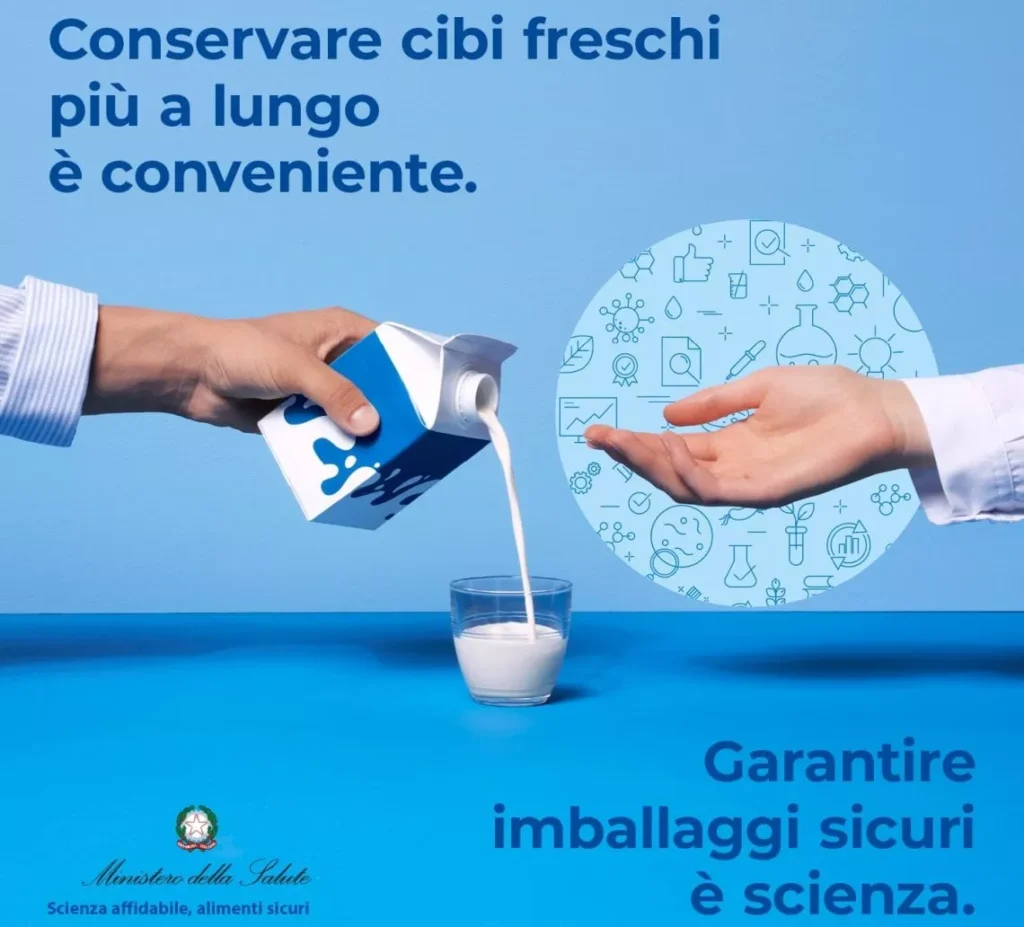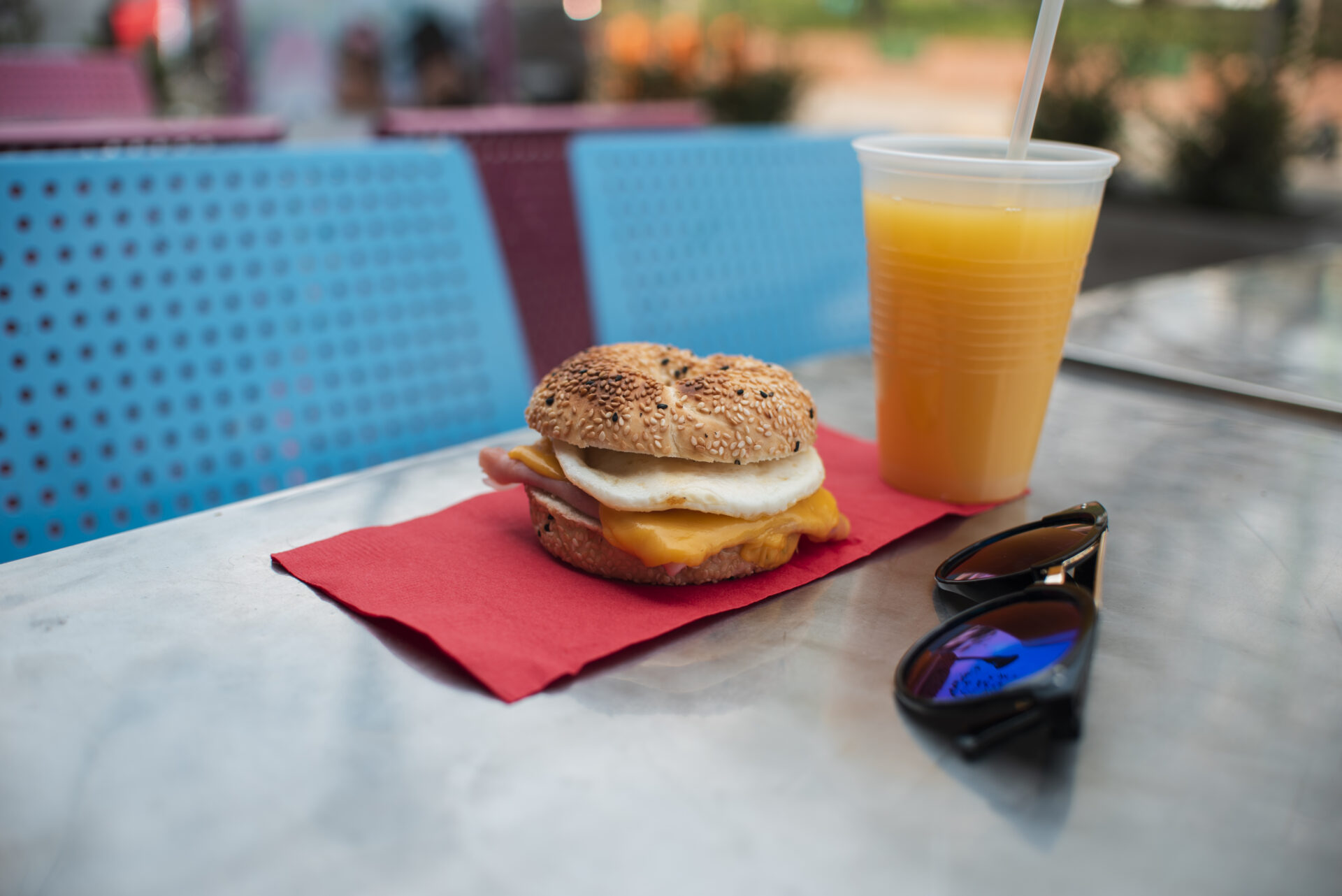People often focus only on the quality of the food, but it is also crucial to assess the suitability of ‘Materials and Objects in Contact with Food’ (MOCA)
Plastic, cardboard, glass and various metals. When assessing food safety, we often focus only on the quality and process of sourcing and preparing food without considering food packaging, which is an important part of the supply chain. There is no food that has not been in contact with a material at various stages of its life: from agricultural harvesting in plastic containers, to storage in silos, from food processing steps (drying, pressing, freezing, cooking, and so on), to packaging for distribution to arrive in our kitchens and on our tables.
The assessment of the suitability of Materials and Objects in Contact with Food (MOCA) is, therefore, part of the food safety chain and requires specific professionals who know the characteristics of the product and at the same time the technologies that regulate food packaging. This very topic is one of the three explored by Italy in the 2022 edition of #EUChooseSafeFood, the campaign launched in Europe by EFSA (European Food Safety Authority) with the collaboration in Italy of the Ministry of Health. The other two topics covered are animal welfare and food supplements.

For a safe table
Not everyone knows that in certain cases certain chemicals that make up MOCAs can be released and transferred to food through contact, with possible damage to consumers’ health. For this reason, in Europe, all food contact materials are evaluated before their use and are only approved if they meet specific standards, which guarantee safe use.
MOCAs can be made of different materials, e.g. plastic, cardboard, metal or glass, alone or often in combination. The way and material in which food is packaged, distributed and cooked (in catering, in a restaurant or at home) is important not only to protect food from microorganisms and preserve it better and longer, but also to ensure sufficient chemical safety.
To ensure that the potential transfer to food does not cause safety problems, scientists assess the risks to consumers. The risk may depend on the chemicals used in the materials, but also on storage and sales conditions, such as temperature and humidity.
EU regulations, including those on MOCA, based on agreed scientific criteria, ensure that the composition of food is not changed, that the taste and smell of food is not adversely affected and, above all, that the consumer’s right to safe food is respected.
EU experts constantly assess and advise on the risks to consumers from the presence of chemicals in food from food contact materials. Industry has to implement and follow the rules and the public system monitors their correct application.
EU framework
Food contact materials must not transfer their components to food in unacceptable quantities (migration). It must therefore be ensured that during contact there is no migration of chemicals from the material to the food at levels that are not acceptable in terms of safety.
The general requirements to be met by all food contact materials are laid down in Framework Regulation EC 1935/2004. Good manufacturing practices for materials and articles intended to come into contact with food are described in EC Regulation 2023/2006. Specific EU regulations have also been issued for ceramics, regenerated cellulose film, plastics, recycled plastics and active and intelligent materials. In addition, there are EU directives on individual substances or groups of substances used in the manufacture of food contact materials.
di Sandra Riccio
29 SETTEMBRE 2022-AGGIORNATO ALLE 11:27
La sicurezza passa attraverso la scelta del contenitore
www.repubblica.it

